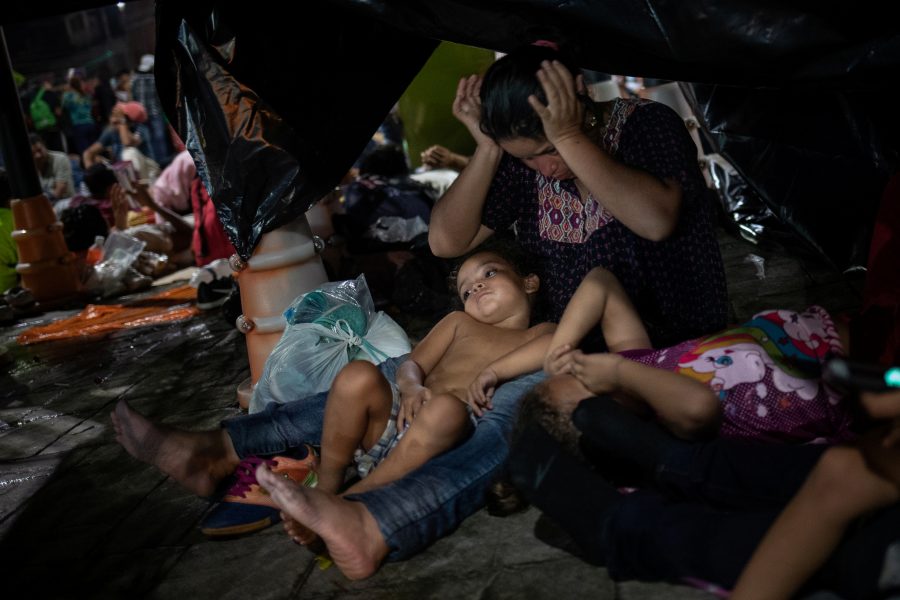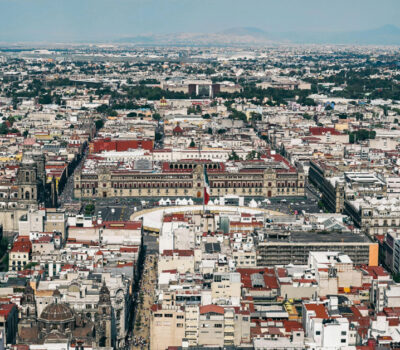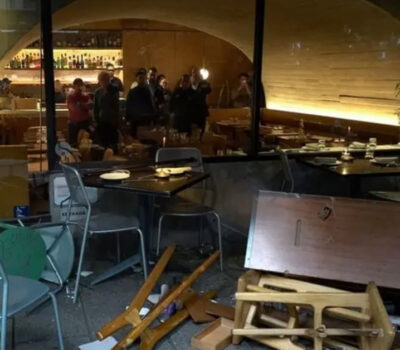Roughly 5,000 people, mostly from Central America’s violent and unstable “Northern Triangle” of Guatemala, El Salvador and Honduras are reportedly making their way through Mexico with the intention of claiming asylum at the U.S. border. The so-called “migrant caravan” is attracting intense social and political attention, with U.S. President Donald Trump declaring it a “national emergency.” He has also claimed, erroneously, that the migrants “have to” claim asylum in Mexico first.
Migrants aren’t obligated to claim asylum in any country, but have a right to seek asylum in a country of their choosing, the right to a fair process in that country, and crucially, a right not to be sent back to a country where they will face persecution – or even death.
I’ve been working with asylum-seekers in Europe and the U.S. since 2008. Over the last decade I have witnessed firsthand the increasing pressure on the asylum system to manage complex situations at borders. The reality is that even if the migrants currently traveling through Mexico are able to claim asylum at the U.S. border – a big if, considering they are still more than 1,000 miles away – the legal path to safety is challenging.
Pressures like these lead to ever-narrowing legal protections for asylum-seekers.
The asylum system is flawed, and ensuring fair access to genuine protection requires making significant improvements to the broader legal, administrative and social contexts.
The legal framework
The international legal framework for asylum is the 1951 Convention on the Status of Refugees, which was developed at the end of WWII by the United Nations.
The convention established five categories on which asylum claims can be based: race, nationality, religion, political opinion or membership in a particular social group.
From the beginning, however, these protection categories were political. Much like recent efforts to limit protections for those fleeing domestic or gang violence, these categories have always protected some, but not all persecuted people. For example, the 1951 convention excluded Germans expelled from Eastern Europe and those forced to flee partition of India and Pakistan.
Many of the people displaced or persecuted today also struggle to fit their experiences into the boxes created by the law. For example, despite broad global support for the rights of women and LGBTQ persons, no specific categories exist for gender or sexuality.
The 1951 Convention is not useless – far from it. However, it contributes to a legal environment in which successful asylum-seekers must have rather narrowly defined experiences in order to be protected.
The administrative process
When a person seeks asylum – not just in the U.S., but in any country that is a party to the refugee convention – they have to prove they have been persecuted because of their race, nationality, religion, political opinion or membership in a particular social group. What’s more, they have to prove that they cannot live safely in their country of origin. Their proof depends in large part on being able to demonstrate credibility. In other words, they have to share their experiences in such a way that their claim is believed to be true and their fear of persecution is found to be genuine.
This process is made more challenging by suspicions that asylum-seekers are abusing the system. For example, in January 2018, U.S. Citizenship and Immigration Services, which manages the administrative process, changed their policy regarding interviews so that those who have claimed asylum more recently are interviewed first.
The assumption by USCIS is that newer applications are more likely to be fraudulent and quicker interviews will deter people from “using asylum backlogs solely to obtain employment authorization by filing frivolous, fraudulent or otherwise non-meritorious asylum applications.”
In the meantime, those who have been waiting years to be interviewed will wait even longer. In January 2018 more than 300,000 people were waiting. USCIS used to publish a bulletin of wait times, but discontinued it when the interviewing policy changed in January. The last published bulletin showed that, for example, people in Miami were waiting nearly four and a half years to be interviewed.
In addition to confronting suspicion that they are abusing the system, asylum-seekers face a lack of legal support for making claims, and the reality that decision-makers have a great deal of discretion in deciding their fate.
No legal representation is automatically provided for asylum-seekers. Many manage the entire process, including going before an immigration judge, entirely on their own. Unsurprisingly, those who do have an attorney are five times more likely to be granted asylum.
Research also regularly shows that the chances of being granted asylum vary considerably depending on the applicant’s nationality and the location within the U.S. where they seek asylum. In 2017, almost 90 percent of claims from Mexicans were denied, compared to only 20 percent of Chinese cases. All three Northern Triangle countries – El Salvador, Honduras and Guatemala – are in the top five most frequently denied, with more than 75 percent of claims being refused. Similarly, a case is more likely to be granted in New York or San Francisco than in those courts closer to the border in Texas or Arizona.
The social context
Lastly, asylum has in many ways become an outlet for broader social anxieties about borders, security, terrorism, economic inequality and multiculturalism. Research shows us that migrants and refugees are in fact not more likely to commit crime than citizens. Nor are they likely to be terrorists. In fact, they contribute to local economies in positive ways. But until these social attitudes and assumptions change, the prospect of there being sufficient political will to create workable legal solutions will likely remain low.
The legal and administrative frameworks can only really be addressed once adequate social and political will exists to make the kinds of changes that would support a just and humane asylum system.![]()
Abigail Stepnitz, PhD Candidate, University of California, Berkeley
This article is republished from The Conversation under a Creative Commons license. Read the original article.
Roughly 5,000 people, mostly from Central America’s violent and unstable “Northern . . .












